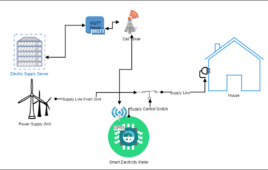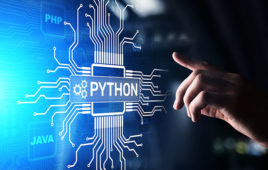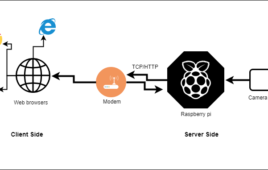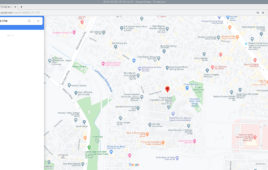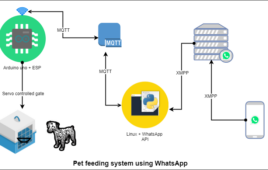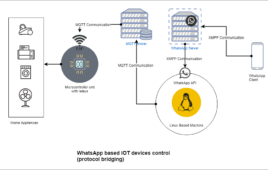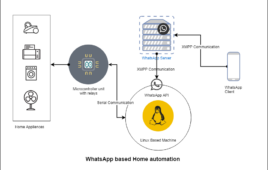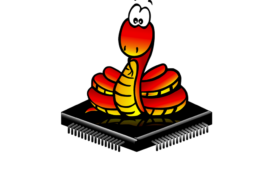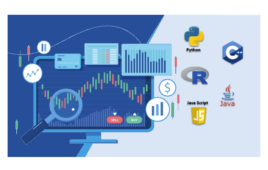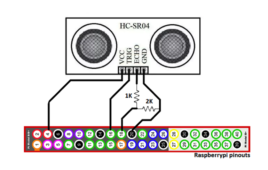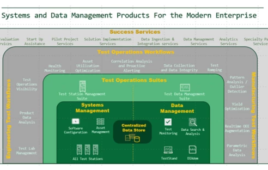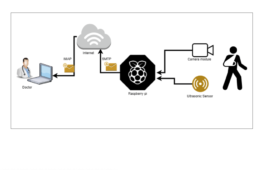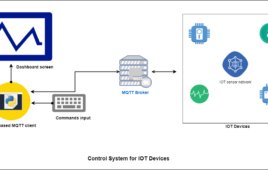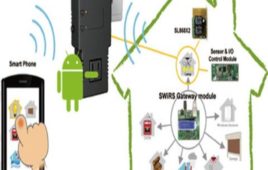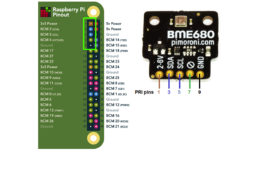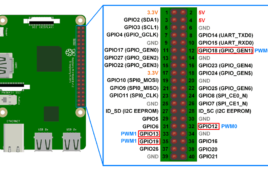In this article, we will be making an IoT-based pre-paid electricity system and learn exactly how that works. We will create a meter that will monitor the electricity usage and report to a monitoring server (which we will also create) for bills. In an ordinary electricity system, bills come after the usage, and then we…
RPi Python Programming 05: Introduction to Python
In the previous tutorial, we successfully set up a Raspberry Pi (RPi) Linux desktop. Now let’s learn Python. We could start with how to control the hardware by using Python scripts, but that would defeat the purpose of using Raspberry Pi and a Very-High-Level-Language (VHLL) — such as Python — to control electronics. Certainly, you can…
IoT-based smart remote classrooms
This project will show how we can use the IoT to create cheap and smart remote classrooms for rural areas using Raspberry Pi and its camera module. If a teacher teaches in a distant city, that session can be streamed live to rural areas. By such applications, children from rural areas can get quality education…
RPi Python Programming 23: Interfacing a NEO-6MV2 GPS module with Raspberry Pi
In the previous tutorial, we learned how to interface a SIM900 GSM-GPRS modem with Raspberry Pi (RPi) and a desktop computer. We employed serial UART communication to “talk” with the SIM900 modem. By using bidirectional data communication with the modem via a standard UART interface, we were able to make/receive calls and send/receive SMS messages on RPi and…
Pet feeding system using WhatsApp (protocol bridging with MQTT)
In this article, we will be creating a pet feeding system that can be controlled by WhatsApp. Components required Tools required/ libraries required Linux based machine Python-based WhatsApp API MQTT based Python IDE Arduino IDE Technical insights The complete project has three types of communication and devices. XMPP (WhatsApp, MQTT, and Arduino Serial) can also…
WhatsApp-based home automation: Protocol bridging with MQTT
In this article, we will be controlling devices that do not support WhatsApp but support other communication protocols like MQTT, TCP, IMAP, etc. If a house is installed with home automation devices that do not support Whatsapp, we will communicate with these devices (controllers) using protocols supported by these devices. Thus, we will be able…
WhatsApp-based home automation
In this article, we will learn how to control our IoT home appliances using the messaging app WhatsApp to easily and effectively communicatie with those devices. So we will be sending WhatsApp messages to a number of “lights on,” and lights at our house will turn ON. Components required Tools Required/ libraries required: WhatsApp API…
Understanding the basics of MicroPython programming
MicroPython is a software implementation of the Python 3 programming language for microcontrollers. Nearly all major microcontroller platforms are supported by MicroPython’s firmware. MicroPython eases the development of embedded systems in a couple of ways. For one, it lets users program microcontrollers and microcomputers in a common programming language (such as Python, which is currently…
What are the top programming languages for machine learning?
Artificial intelligence (AI) and machine learning (ML) are continuing to become more mainstream and you’ll find the technology in everything from your smartphone apps and computer programs to smart tech and appliances — and automobiles (think self-driving cars). These technologies are no longer confined to scientific computing and statistical research but have, for the most part, become a…
Using SMTP in the IoT
Controlling IoT devices requires specific apps and settings. But you can also control them using emails since emailing is possible using SMTP (Simple Mail Transfer Protocol), which is on the TCP/IP stack. Therefore, the devices that support TCP/IP stack can use emails as command and control. So, for an application purpose, we will be making…
NI unveils product advancements in software-connected systems
NI has announced its latest product advancements designed to fuel innovation across the production process — from testing and validation to R&D and design. NI first unveiled these product advancements at NI Connect, a virtual experience dedicated to exploring how test and data analytics will shape the world’s newest innovations and provide engineers the information…
An IoT-based virtual doctor
In this tutorial, we’ll learn how to build a device that works as a virtual doctor. The device inputs patient data, which can then be emailed remotely to a registered physician using the simple mail transfer protocol (SMTP) — the internet standard communication protocol for electronic transmissions. The purpose of this device is to support…
TI launches next-generation TI-84 Plus CE Python graphing calculator
Texas Instruments (TI) has announced the next generation of the TI-84 Plus family — the TI-84 Plus CE Python graphing calculator. Available in time for back-to-school, the TI-84 Plus CE Python graphing calculator helps students explore, visualize, and better understand math and science. It also introduces them to Python, one of the fastest growing, most…
Centralized control system for IoT devices
In this project, we will be creating a single control center for all of our IoT devices. We will control all of our IoT devices with just one single tool and get the status of all of them live on a single screen. We can implement these types of control centers for most of the…
How to control home or office appliances using voice recognition
Voice-controlled assistants that respond to human speech and commands are no longer a novelty. It’s estimated that one in every four adults in America owns a smart speaker, such as Google Home or Amazon’s Echo. These devices offer a point of communication between you and your connected devices, providing convenience and support by automating certain…
How to use Raspberry Pi to monitor and log environmental parameters
In this tutorial, we’ll learn how to interface the four-in-one BME680 pressure, gas, humidity, and temperature sensor with Raspberry Pi (RPi). This will include understanding how to log and retrieve data from a database. The BME680 can “communicate” with external controllers on either the serial peripheral interface (SPI) and I2C protocols. For this project, we’ll…
RPi Python Programming 16: Analog output and software PWM
In the previous tutorial, we learned how to use digital input with Raspberry Pi. Raspberry Pi (RPi), as an embedded computer, is capable of digital input, digital output, pulse width modulation (PWM), and the implementation of several serial communication protocols (such as UART/USART, I2C, and SPI). In this tutorial, we’ll cover analog output by using PWM with…
Controlling mouse pointer using Python script and accelerometer
There are many ways of controlling mouse pointer using atmega328p, and I find using a python script and an arduino best and effective one because of the following reasons:1) Python is a common language and comes pre-installed in almost all LINUX distros.2) Using python script makes this project compatible to cross platforms, as no fancy software is needed.3) Using an arduino saves me from the trouble that goes into making the whole circuit and then connecting it through a USB to TTL converter.I’ll be using two non-standard libraries viz. Pyserial and Autopy both of them are freely available and easy to install, just like any non-standard library. Accelerometer that I’m using is ADXL335, it’s a triple axis accelerometer.

